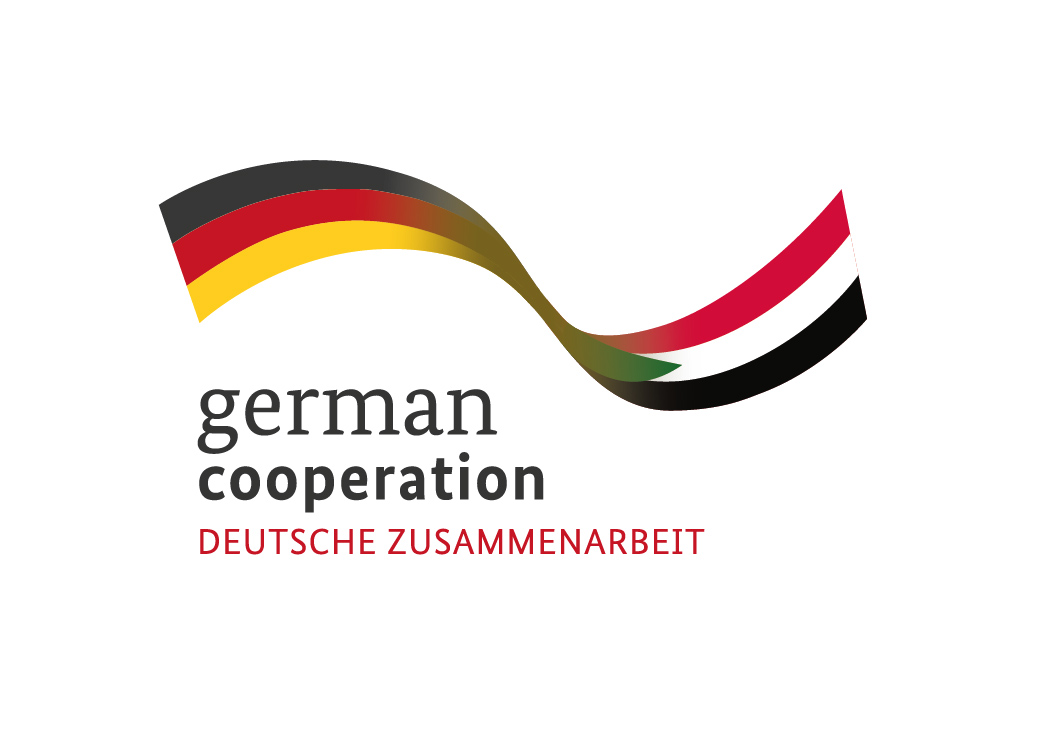 What is transitional justice?
What is transitional justice?
The International Centre for Transitional Justice offers the following definition of transitional justice (TJ):
Transitional justice is a response to systematic or widespread violations of human rights. It seeks recognition for victims and promotion of possibilities for peace, reconciliation and democracy. Transitional justice is not a special form of justice but justice adapted to societies transforming themselves after a period of pervasive human rights abuse. In some cases, these transformations happen suddenly; in others, they may take place over many decades.
It is important to emphasise, per this definition, that TJ is not a special kind of justice, but rather a series of justice processes that are used in special circumstances, such as a transition from autocracy or dictatorship to democracy or from a period of political violence to peace.
Transitional justice mechanisms and approaches
There are many types of TJ mechanisms. They include, but are not limited to, truth commissions, prosecutions, traditional and localised justice and conflict-resolution processes, amnesty laws, reparations, lustration, apologies, memorialisation, and so on.
- The focus of truth commissions is typically on restorative justice and contributing to repairing society after violence resulting from the breakdown of relationships within society. Truth commissions focus on truth and reconciliation. There is no consensus on what “truth” is or what “reconciliation” requires, and the two can at times be at odds. It is important that victims and survivors can define and, if need be, redefine, what truth and reconciliation means to them and their communities. Truth commissions also focus on narratives as well as healing, through the articulation of truths by victims and often, but not always, perpetrators of past atrocities and human rights abuses. It is widely believed that truth commissions are better at addressing the root causes of violence, conflict, and human rights violations than are other TJ mechanisms. When well designed, commissions are also closer to affected communities than other bodies, such as international courts.
The main outcome of a truth commission is typically an authoritative report that includes recommendations on how to address the past, achieve meaningful justice, and prevent future violence and/or human rights abuses. In some cases, the evidence collected by truth commissions can lead to prosecutions, amnesties (protection from prosecution), and/or reparations. Whether or not a truth commission is a success depends on numerous factors, including: the independence of the commission; the powers of the commission; adequate funding and resources for a commission; the extent of participation by and communication with the public; whether a commission deals with economic and structural causes of violence; whether a commission is accompanied by other TJ mechanisms; and, crucially, whether relevant state authorities and governments accept and implement a commission’s recommendations.
- Traditional justice is often an adapted form of local, indigenous conflict resolution, which focuses on repairing and restoring relationships between specific perpetrators and victims/survivors. Traditional justice therefore often employs traditional healing as well as relationship and community restoration. Generally speaking, traditional justice is not about punishment, though some forms of traditional justice may include some retributive elements (e.g., the perpetrator being required to pay their victims’ families).Some traditional justice approaches have been employed to address mass atrocities and international crimes; as with other TJ approaches, the results of doing so are mixed. That said, the use of traditional justice can, however, complement other TJ approaches and, in some cases, achieve a great deal of meaningful justice. While it is important not to romanticise traditional justice or invariably conflate ‘local’ with legitimate, traditional justice mechanisms can contribute significantly to a sense of accountability in many situations.
- Reparations are used to help restore the dignity of victims and survivors and repair the harm they have experienced. Where atrocities and human rights violations are committed, criminal justice or truth may not be enough: victims deserve compensation or other forms or redress.When well designed, reparations can be restorative. They can be monetary or symbolic (e.g., memorials, apologies, etc.). Reparations can also be provided to specific individual victims and survivors, or they can be offered to a collective (in the form, say, of a school, or a community well). In many cases, reparations flow from other mechanisms, including local and international courts (e.g., International Criminal Court) or as a result of the implemented recommendations of a truth commission. As with all TJ mechanisms and approaches, it is crucially important to manage expectations regarding reparations and not to over-promise or exaggerate what victims and survivors can and will receive as reparations. For a detailed discussion on reparations, please see the information sheet entitled, “No Justice without Reparations”.
- For various reasons, some communities decide not to investigate or prosecute past harms, at least for a period of time. In such contexts, the use of amnesties is common. In simple terms, amnesties are a means whereby certain individuals are protected from prosecution. An amnesty is distinct from a pardon, which is granted only after someone has been prosecuted and convicted of a crime.Advocates of amnesties view them as practical and often necessary tools to end conflict or a period of dictatorship. By granting warring parties an amnesty, peace or democratic governance can be restored and fostered. Others view them as a tool of impunity. However, they do not deliver wholesale impunity. After all, to accept a legal amnesty requires that one accept responsibility for past crimes, in that if no atrocity has been committed, no amnesty would be required. While amnesties for certain international crimes may be prohibited under international law, this does not apply to all amnesties. Importantly, there are also different kinds of amnesties. Distinctions between one and another can be drawn based on: whether they are legal or de facto; the actors to whom they do or do not apply; the crimes they do or do not cover; whether or not they are conditional (e.g., on genuine participation in a truth commission); how and by whom they are granted; and how long they last.
- In transitional contexts, there is often a desire to make a “break with the past”. Lustration laws can achieve this by prohibiting former regime figures from holding public office in a new government. Lustration is often seen as necessary when there is an “old guard” or political class that may seek to retain power or to influence the transition as a re-branded “new guard”.There are numerous important factors to bear in mind when drawing up lustration laws, including: how broadly they are to apply (i.e., to what level of former regime figure); whether they are aimed at particular persons, crimes or positions; whether they apply to senior figures only or to a broader segment; how long they are to be in place (i.e., temporary or permanent); and the information on which they are based (e.g., state files). Poorly designed and implemented lustration policies may well seem more like a politically motivated witch hunt than an approach to justice, and create a backlash and/or become potential peace spoilers of a transition to peace and/or democracy.
- Among international courts, the permanent International Criminal Court often receives the most attention. It is important to note, however, that other courts –domestic courts, regional courts (e.g., African Court on Human and Peoples’ Rights) and hybrid courts (tribunals that mix international and domestic law, staff, etc.)– are just as important. These courts are explored in other information sheets found on this hub. When properly mandated, well-funded, and independent from political interference, courts are able to investigate and prosecute international crimes as well as human rights violations, and make a positive contribution to the development of the rule of law and to peaceful and democratic transitions. For a detailed discussion on international courts, please see the information sheet entitled, “The possibility of a future African Criminal Court”,“The International Criminal Court” and “The Global ‘System’ of International Criminal Justice”.
Key takeaways
- TJ is not a special kind of justice but rather a series of justice processes implemented during times of transition from dictatorship and/or war to peace and democratic governance.
- There are many types of TJ mechanisms, including but not limited to:
- truth commissions;
- prosecutions through various courts;
- traditional and localised justice and conflict-resolution processes;
- amnesties;
- reparations;
- lustration; and,
- apologies
Useful links and reading materials (ENG and ARA)
- International Centre for Transitional Justice (EN) (AR)
- The International Journal of Transitional Justice (EN)
- Justice info.net (EN)
- Justice in Conflict (EN)
- OpenGlobalRights (EN) (AR)
- OHCHR: Transitional justice and human rights (EN) (AR)
- Belfast Guidelines on Amnesty and Accountability (2013) (EN)
 What is transitional justice?
What is transitional justice?
